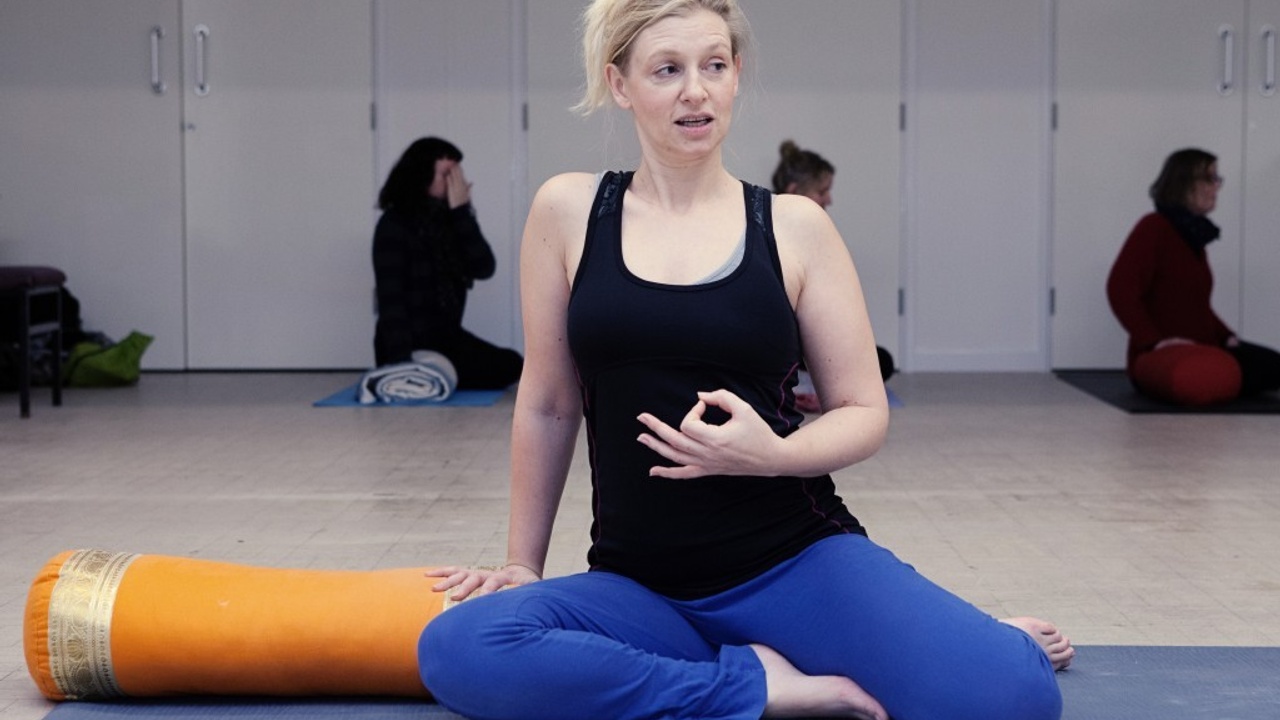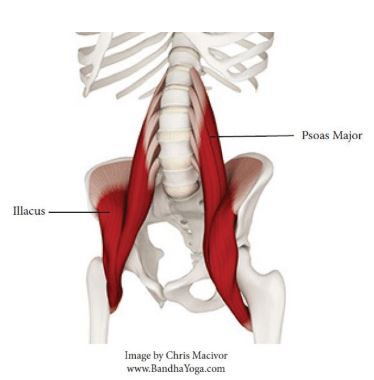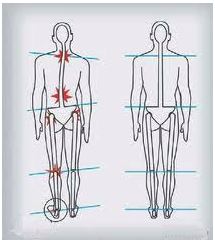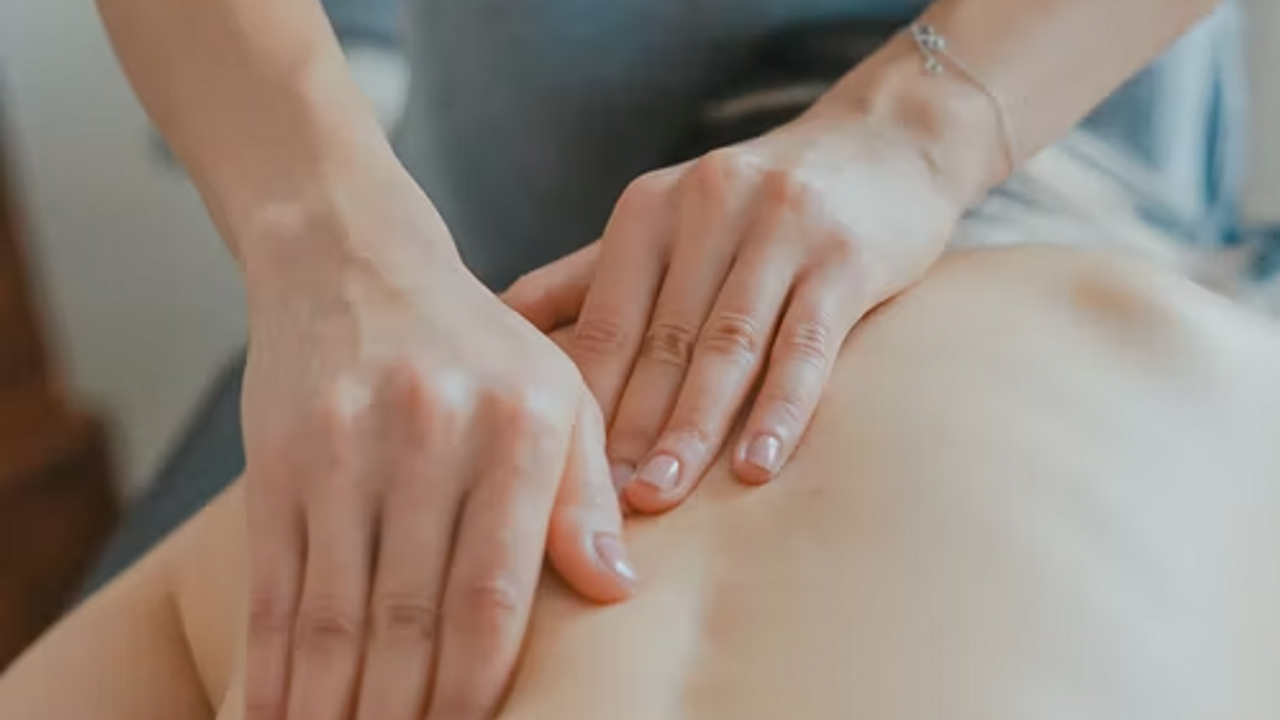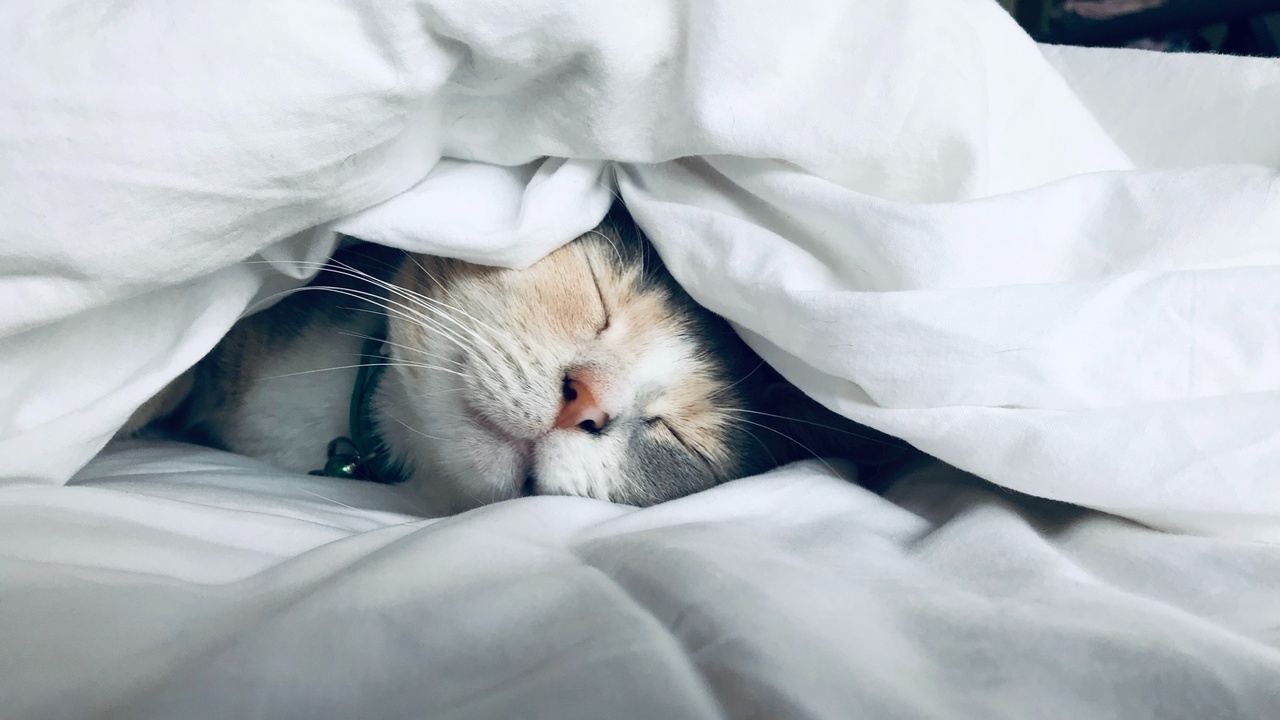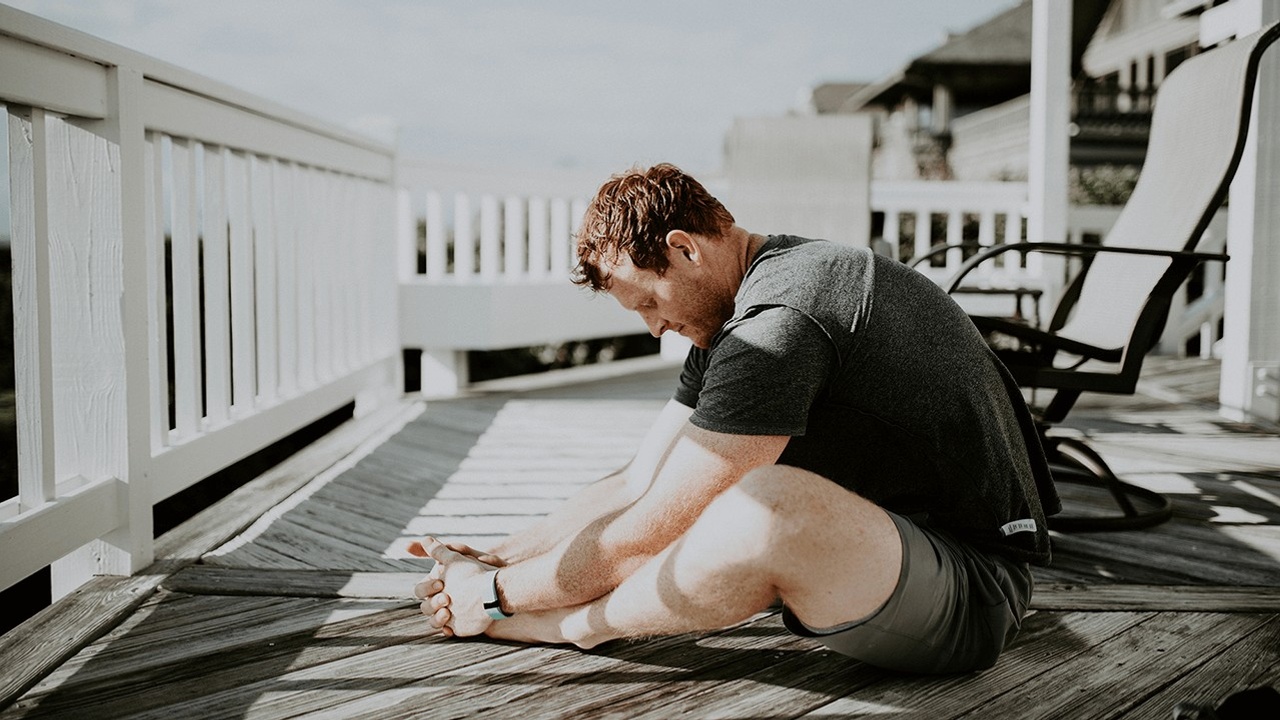With more and more people facing life-threatening illnesses stemming from sedentary culture, yoga and movement teachers have a critical role to play
“Sitting is the new smoking” was a sensational headline which rippled through the news last year, but was this over-dramatic? Increasing evidence shows that it is worth examining issues facing our ever-increasing sedentary culture.
Most people, especially movement teachers and bodyworkers who see these issues across a broad spectrum of clients, associate long-term sitting with structural issues and pain. But there is also growing discussion around the correlation between increased sitting and metabolic and chronic, inflammatory conditions; often referred to as ‘diseases of Western civilisation’. A study of 4,811 British public servants was published this year[1], which followed people who were on average 44 years old, with no incidence of diabetes, heart or circulatory problems at the start. Over the next 13 years, 402 people developed d...
We explore how sedentary culture is causing us more serious harm than achy backs and necks and how we can consciously shift this…
Sitting has been described as “the new smoking”, one of the root causes of some of the diseases of modern Western civilisation. And the problems arising from us sitting so much are far more ominous than the postural issues you might think; including metabolic and chronic, inflammatory conditions. A study of British public servants[1] examined how low long-term health risks for conditions such as type 2 diabetes, heart disease and an early death could stem from sedentary work.
What’s the harm in sitting?
We might wonder why sitting is so bad, as it seems natural to sit and focus or relax by sinking into the sofa? But consider that there is no comfy furniture in the wild; we were designed within nature and much of our function is bound up in those constant shifts where we would have squatted, sat on uncomfortable surfaces and kept adjusted in ways that enco...
Sugar is addictive
It’s a rare person who is immune to the call of the sweet stuff when tired, stressed, fed-up or hearing that “I deserve it” inner voice. We can dismiss indulgence in cakes, biscuits and sodas as ‘treats’ but the truth is that high-sugar foods like have been shown to affect the same opioid receptors in the brain that are activated by drugs like cocaine and morphine1. With regular sugar consumption shown to create patterns of craving, bingeing and withdrawal, it has earned its growing recognition as an addictive substance as well as contributing to obesity, inflammation and chronic disease2,3,4,5,6.
Cravings for instant hits
Craving is the uncontrollable want for something immediately; as sugar in the form of glucose is our main energy source, it represents the most immediate ‘quick-fix’ when we feel an imperative to get a task done or the need to protect ourselves. Our brains are our most important survival organ and they demand a constant energy supply; if this is...
The psoas muscle that allows us to stand proudly upright, is located deep within the front hip joint and lower spine. As a potential source of lower back and hip pain, to simply view its involvement in a mechanistic way is to only see a fraction of the bigger picture. As the only muscle that connects top and bottom body, its role in bipedal standing and walking is critical for alignment and movement, but also for our feelings of well-being. As we gauge its ease or non-ease from deep in the belly, tension in the psoas affects us on a deeply emotional level; it acts as a messenger to and from the brain and stores responses to replay them when we remember, imagine or revisit situations that cause us difficulty.
Adding some simple movements and sensitivity to your exercise programme can make the difference between creating more tension and finding a fluidity and refinement of movement that feels in concord with your natural body needs.
The Psoas Muscle
The psoas is a multi-joint muscl...
Pelvic Asymmetry
If we look at an anatomical picture of the human skeleton, it would be easy to assume that being fully symmetrical has some kind of normality. Yet, it is actually extremely rare for us to stand equally weighted on both feet, unless instructed to do so in an exercise class. So many people may be unaware that they may have repercussions in the lower back, hips, knees and shoulders from pelvic asymmetry (PA).
The pelvis is the bony bowl-shaped structure at the bottom of the spine; where our legs attach and the cradle for the lower spine bone (the sacrum) to sit into. It can be tilted away from its healthiest positioning in many ways, including forward (anterior), back (posterior), or with rotation, but here we are focussing on lateral or side asymmetry. This is also known as Pelvic Obliquity, where it is tilted to one side, with the spine curved to the opposite. One side of the pelvis is higher than the other, so when standing the top of one iliac crest (felt as the t...
Easing spinal compression/spinal stenosis
With the inevitability pushing down of gravity we can expect some spinal compression as part of the natural ageing process, but what happens when this tips over into pathology and pain? With more and more people suffering back pain, some understanding of where the design of our spine meets how we move – and modern postural patterns – may help us find space and relief at our central axis.
The human spine is curved (see fig.1) in an s-shape and this is an important design for our bipedal (two-legged) upright sitting or standing stance; it allows the weight distribution to shift as we move and hold our head and organs vertically up from the ground.
Our spines consist of 24 individual sections of bone (vertebrae) with rubbery discs in between to keep them separate and the whole spinal column freely mobile. This also creates space for the spinal canal, a cavity running through each of the vertebrae, which encloses the spinal cord, spinal nerves,...
Research shows that around 75-85 percent of the American population experience back pain in their lives (Neurol Clin.,2007;25(2):353-7). Contrary to much investigation into inflammation (such as arthritis) and more serious conditions, most of the root cause is understood to be structural and mechanical in nature – affected by the way we move, live and use our bodies day-to-day.
Those with sedentary jobs have higher incidence and less when they move around regularly (Indian J Occup Environ Med. 2016;20(3):125-128). Much sitting on chairs can shut down the natural outward range of motion (ROM) in the hips and alter the natural ‘C-curve’ of the lower back, creating a compression into the discs of the lumbar spine (the lower back) whether we tend to sink into a forward or backwards placed pelvis. Chair sitting and sofa slumping has replaced sitting on the floor, often cross-legged or with legs bent to one side on the ground in ways that our musculo-skeletal system evolved.
These body set...
With experts estimating that 80% of people will experience lower back pain at some time in their lives (Neurol Clin. 2007;25(2):353-71), this is an issue that is only getting worse as we spend more time sitting on chairs. It is no surprise that moving is an effective antidote for this debilitating issue (Spine. 2008;8(1)213-225), but the pain involved can create a Catch-22 cycle. The holding and fear of exacerbating the issue can leave people avoiding exercise, becoming confused about their capabilities, and what can help, and what can worsen their symptoms.
The sacroiliac (SI) joint
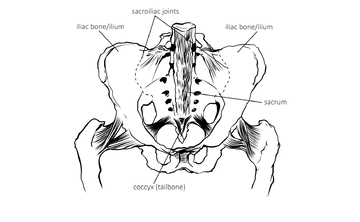
Understanding some lower back anatomy can help us make sense of why this area may become a source of tightness, pain or inflammation. Many issues arise at the SI joints, the two sites where the lowest bone in the spine – the sacrum – sits into the bowl-like bone of the pelvis (fig.1). These joints are calibrated to the very individually human bipedal way of standing, so the sacrum acts like a keystone ...
The Benefits of Walking on Uneven Ground
As humans, we have evolved to have certain patterns of physical activity that are necessary for health.1 In fact, we’re built for long-distance walking, and it’s estimated that our hunter/gatherer ancestors covered daily distances in the range of 6–16 km (3.5–10 miles). While walking may be our most natural form of exercise, humans learned this unusual mode of transport on rough surfaces—far from the predictability of pavements and man-made flooring.
All of our ancestors’ walking and running was done on natural surfaces like grass and rocks, and often over uneven ground. Our upright two-legged (bipedal) walking style evolved alongside a nomadic lifestyle that was not just for walking to new camps, but also for getting to and from sources of food, water and wood.2 It’s even theorised that part of our large brain growth was to address the various challenges of bipedal upright walking on naturally uneven ground.
Natural movement
Surfaces like c...
First published in What Doctor's Don't Tell You Magazine.
Anxiety is a common feature in life for many. The agitated, fearful and overwhelming sensations that it brings can ripple through our lives with devastating effect. For those who tend towards anxiety, overstimulation from situations or inner turmoil can trigger feelings of agitation and needing to withdraw. For those that need lots of space in life to find calm and regroup, a yoga practice can provide both a refuge and the nervous system soothing that can allow them to cope with the demands of life.
In our fast-paced and information heavy world, anxiety is on the increase as the ‘constant alert’ this continual input provokes becomes part of the landscape. Whether anxiety is trait – part of what are now commonly termed anxiety disorders, or part of a period of chronic or extreme stress or trauma, the feelings of dread, panic, loss of control, palpitations, hyperventilation, wanting to escape and unable to concentrate are very r...
Recovery and restoration
We can spend nearly two-thirds of our lives asleep, yet often place less importance on this crucial de-stressing time than our waking hours. Sleep is all about recovery – physical, emotional and energetic. In order to function fully and cope with the day’s demands, we rely on the immune facilities, detoxification, tissue and muscle healing and emotional processing that occur during the wee small hours. If this downtime isn’t respected, we may quickly see stress-related symptoms like fatigue, irritability, poor concentration, skin complaints and poor recovery from illness.
Lack of sleep, even at a small accumulative level can lead to craving sugar and stimulants as our bodies try to fuel up in the face of less vitally built-up energy. Indeed too little sleep has been associated with incremental weight gain through increased appetite for this very reason.
Blood sugar balance and calm for quality sleep
Sleep quality comes from balanced blood sugar levels throu...
Movement to help your body naturally move through trauma
The term trauma is used to describe the state an individual is left with after a shock or prolonged danger or distressing event has passed. Its prevalence in society has grown from the recognition of the symptoms war veterans were experiencing in the 1980s with the diagnosable condition Post-Traumatic Stress Disorder (PTSD).
This has also opened up to recognise that trauma does not just stem from large, traumatic events but can be as a result of Adverse Childhood Events (ACEs) and the definition extended to anything that overwhelms to the point where we can’t cope, on an individual basis.
The medical world has long viewed trauma as a purely psychological issue, although recent research shows it to be a full physiological response; a reliving in this moment of an event or felt state that came before. For those with trauma, this is the only way more primal, instinctual responses can make sense of the continual.
Trauma tends to...




